During the installation of new gas lines outside Lima, Peru, workers made an unexpected discovery. They uncovered eight mummies and objects dating back to pre-Inca times.
The capital region of Peru has a rich history, and sometimes, when new infrastructure is being installed, layers of history are revealed.
These recent findings occurred when gas line workers were installing new lines and stumbled upon eight pre-Inca funeral bales.
ARCHEOLOGISTS IN NORTHERN PERU UNEARTH 3,000-YEAR-OLD TOMB BELIEVED TO HONOR PRIEST

Archaeologists uncover vessels and bones discovered by city workers who were digging a natural gas line for the company Calidda in the district of Carabayllo on the outskirts of Lima, Peru, Friday, Sept. 22, 2023. Eight burial offerings from the pre-Inca Ychsma culture have been identified by archaeologists so far, according to lead archaeologist Jesus Bahamonde. The tube running through the site is an illegal water pipe. (AP Photo/Martin Mejia)
“We are uncovering the hidden history of Lima that lies beneath the tracks and streets,” said Jesus Bahamonde, an archaeologist at Calidda, the company responsible for distributing natural gas to the city’s 10 million residents, in an interview with the Associated Press.
Over the past 19 years, Calidda has been conducting excavations to upgrade and expand its gas line systems. During this process, they have uncovered more than 1,900 archaeological finds, including textiles, pottery, and mummies. Most of these findings have been associated with burial sites on flat ground.
Additionally, more than 400 larger archaeological sites have been discovered throughout the urban landscape.
PERU EVACUATES HUNDREDS OF TOURISTS FROM MACHU PICCHU AMID WIDESPREAD VIOLENT PROTESTS, GOVERNMENT CRACKDOWN

Archaeologists uncover bones and vessels discovered by city workers who were digging a natural gas line for the company Calidda in the district of Carabayllo on the outskirts of Lima, Peru, Friday, Sept. 22, 2023. Eight burial offerings from the pre-Inca Ychsma culture have been identified by archaeologists so far, according to lead archaeologist Jesus Bahamonde. The tube running through the site is an illegal water pipe. (AP Photo/Martin Mejia)
Adobe constructions situated on top of hills and considered sacred places are called “huacas” in the Indigenous Quechua Language.
Given that the area has been inhabited by pre-Inca cultures, the Inca Empire, and the culture introduced by Spanish conquistadors since 1535, the number of discoveries is not surprising.
Last week’s findings included ancient men wrapped in cotton cloth and tied with liana-braided ropes, buried in seated positions. These burial bales were located in trenches nearly a foot below the surface.
AI REVEALS ANCIENT SYMBOLS HIDDEN IN PERUVIAN DESERT FAMOUS FOR ALIEN THEORIES
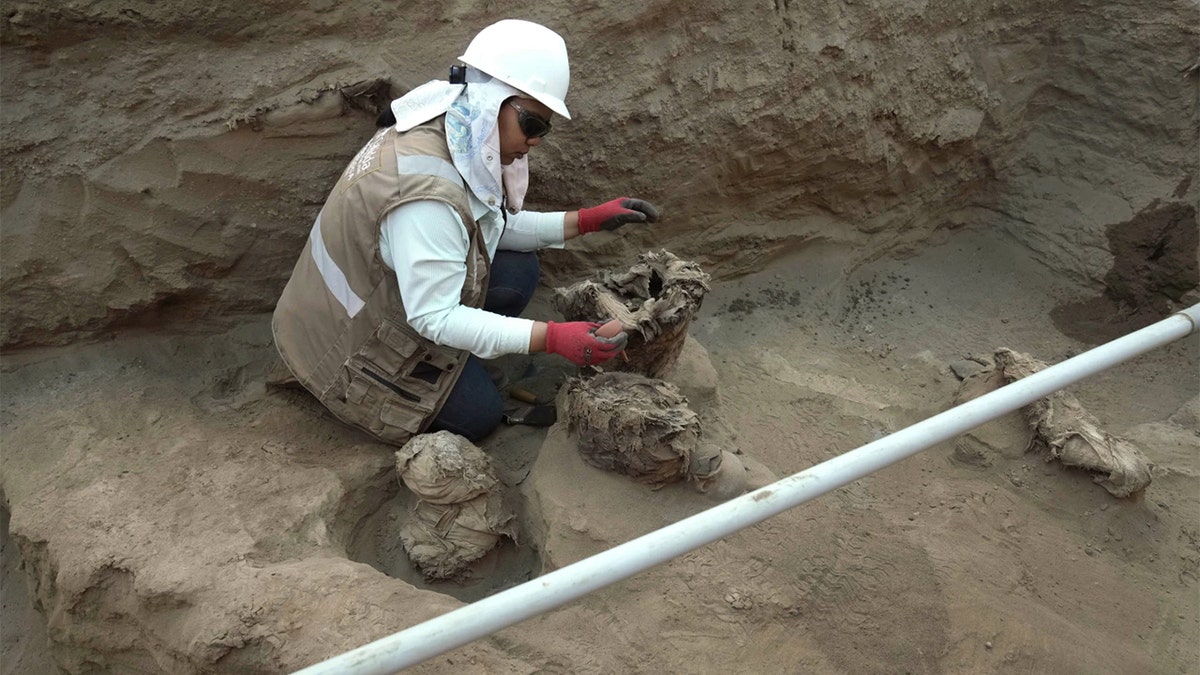
An archaeologist excavates an ancient mummy amid vessels discovered by city workers who were digging a natural gas line for the company Calidda in the district of Carabayllo on the outskirts of Lima, Peru, Friday, Sept. 22, 2023. Eight burial offerings from the pre-Inca Ychsma culture have been identified by archaeologists so far, according to lead archaeologist Jesus Bahamonde. The tube running through the site is an illegal water pipe. (AP Photo/Martin Mejia)
Calidda’s archaeologists believe that these burial bales belong to the Ichma culture, a pre-Inca culture that originated in 1100 A.D. and became part of the Inca Empire by the late 15th century.
Roberto Quispe, one of the archaeologists working at the site, mentioned that these funeral bundles can accommodate approximately two adults and six juveniles.
All eight burial sites were found near roasted chicken restaurants and a road leading to the country’s only nuclear power station.
MYSTERIOUS NAZCA LINES REVEAL THEIR SECRETS
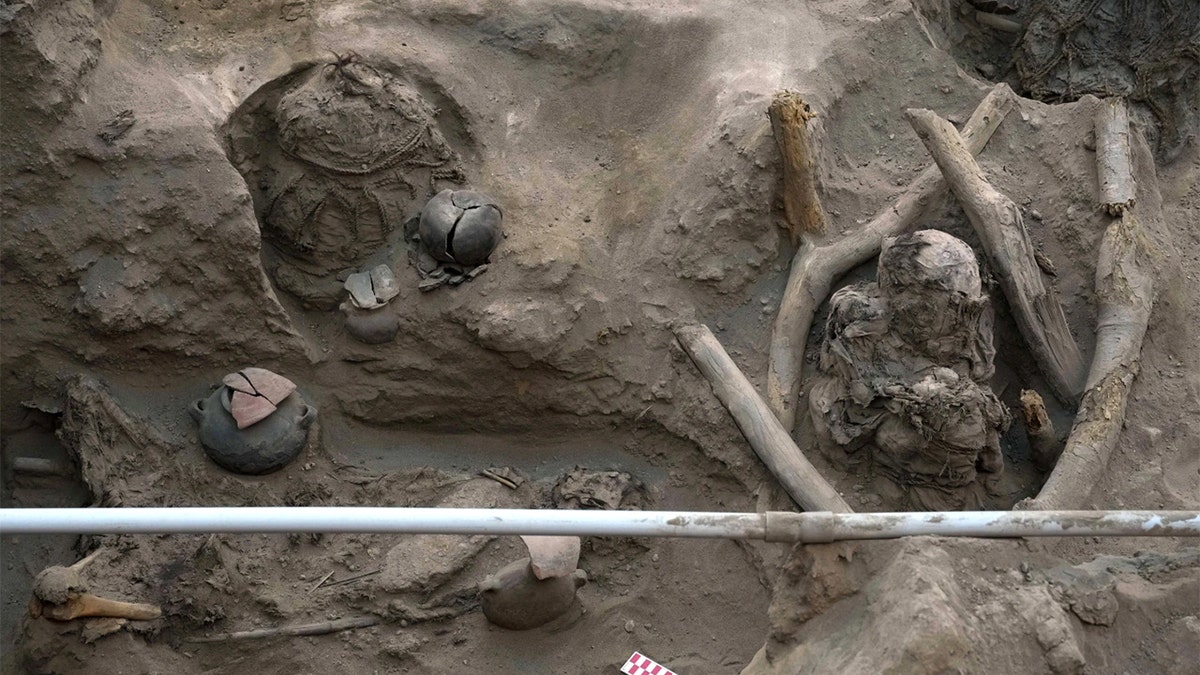
Ancient vessels lay next to an illegal water pipe running through the site where archaeologists uncover bones and vessels discovered by workers who were digging a natural gas line for the company calidda in the district of Carabayllo on the outskirts of Lima, Peru, Friday, Sept. 22, 2023. Eight burial offerings from the pre-Inca Ychsma culture have been identified by archaeologists so far, according to lead archaeologist Jesus Bahamonde. The tube running through the site is an illegal water pipe (AP Photo/Martin Mejia)
Throughout the years, there have been numerous discoveries in the area. Some of them have been more recent, such as the findings in the La Flor neighborhood in 2018. Archaeologists came across wooden coffins containing the remains of three Chinese immigrants who were buried there in the 19th century. They found opium-smoking pipes, handmade cigarettes, shoes, Chinese playing cards, a Peruvian silver coin dated 1898, and a certificate of completion dated 1875.
CLICK HERE TO GET THE FOX NEWS APP
“When the Spaniards arrived in the 16th century, they found an entire population living in the three valleys that today occupy Lima … what we have is a kind of historical continuation,” Bahamonde said.
The Associated Press contributed to this report.


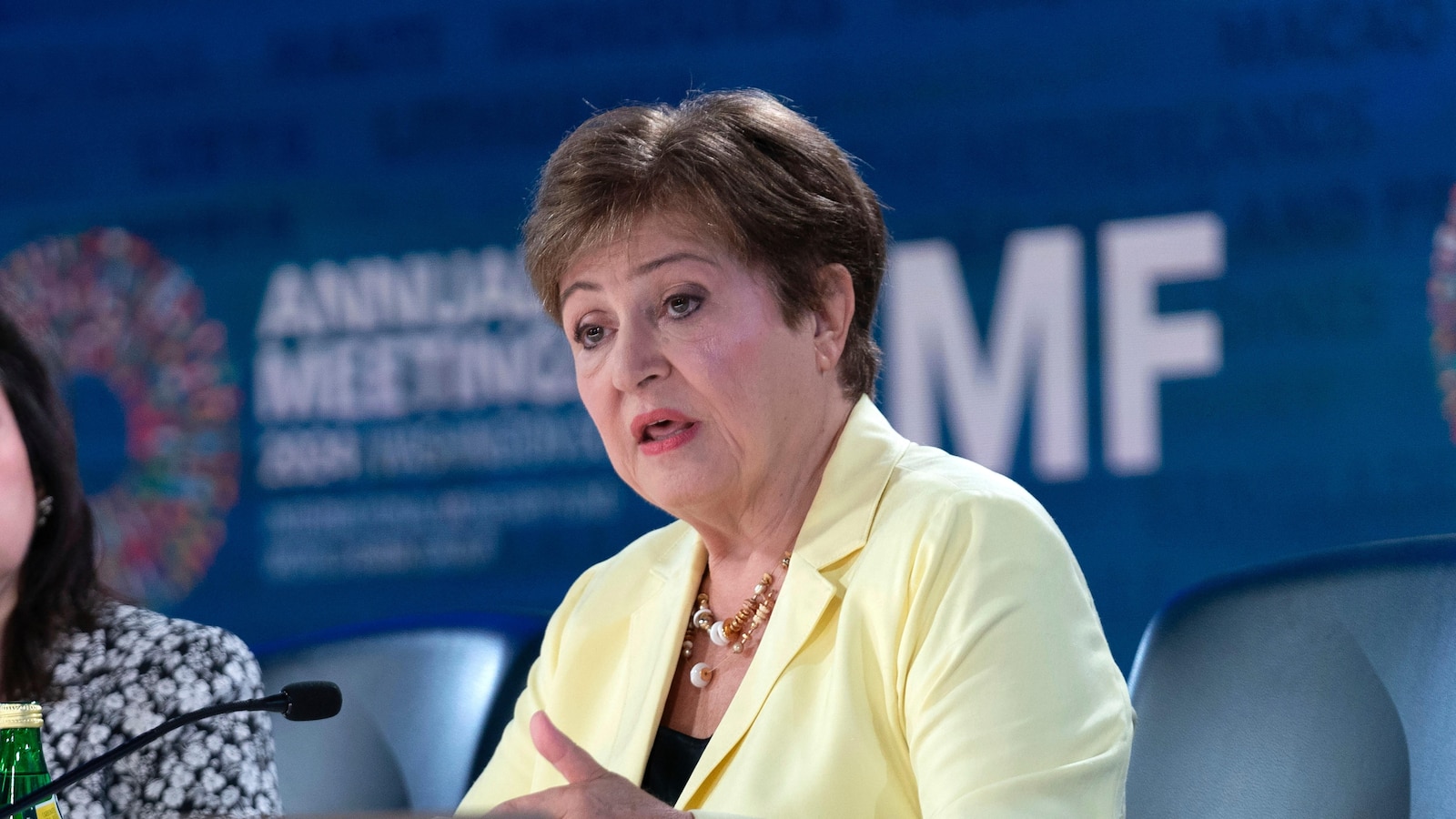

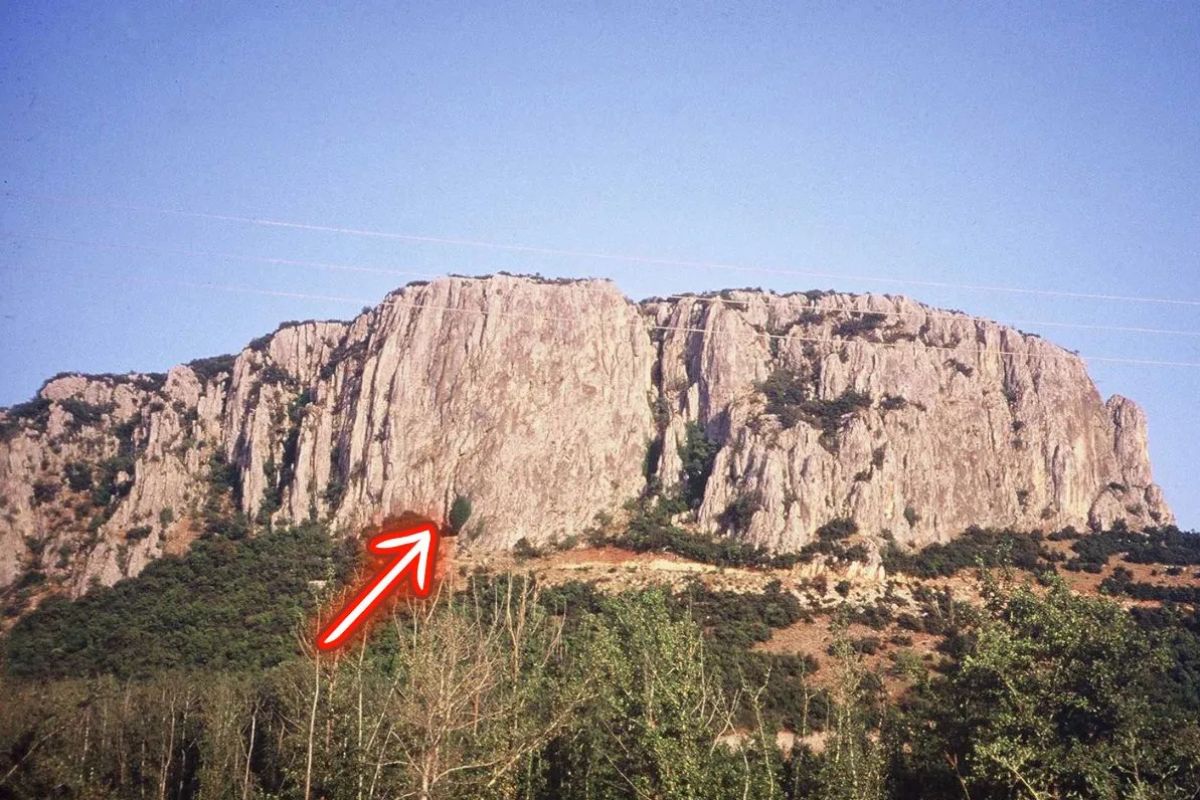

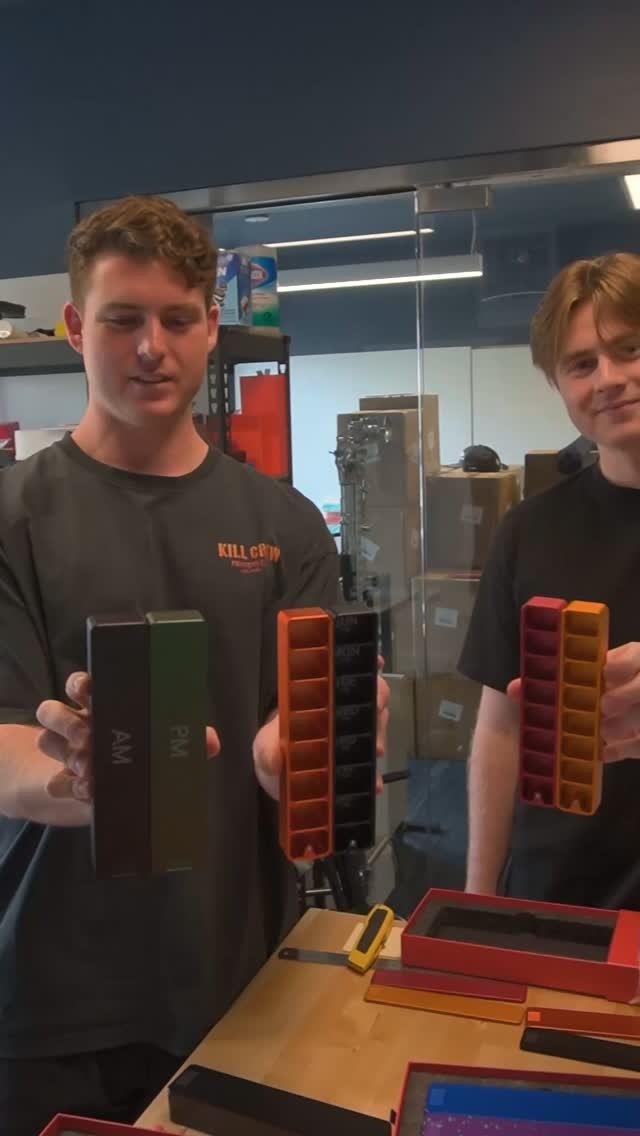






:max_bytes(150000):strip_icc()/maggieoneill-16204cf3e01b424bbbd66733f6fb4668.jpeg)